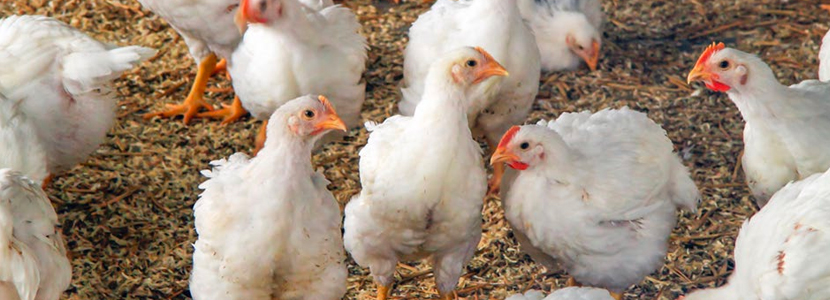Pigments are amongst the most commonly used additives in poultry diets. Additives are substances which are intentionally added to foods and do not necessarily contain nutritional value.
The incorporation of additives in bird diets has varied purposes. Some of these are:
- Meeting food needs
- Improving food characteristics or those of the final product
- Ensuring animal welfare
- Improving production parameters
- Ensuring gut health through the incorporation of probiotics or coccidiostats for example
- Improving the color of the final product
- Reducing the negative impact of production on the environment
Additives must meet certain conditions in order for them to be used. Some of these conditions are:
1) They are not harmful to animals or people
2) They leave no residues in final consumption products
3) They do not contaminate the environment
4) They are used according to regulations and certain standards
Additives are used to ensure that nutrients in the diet are ingested, digested, protected from destruction, absorbed and transported into the cell. In turn, they can alter the metabolism of birds to promote growth and/or improve the final product.
Additives are considered to account for 0.5% of the diet and 5% of the total ration cost.
Some of the most commonly used additives are: pigments, antioxidants, flavorings, growth promoters, mycotoxin sequestrants, exogenous enzymes, etc.
This first article,aims to delve on additives used for improving yolk color and chicken skin color. Such additives are known as pigments.
Pigments
Pigments are used in birds for the improvement of the final product according to consumer preferences, without altering the normal metabolism of animals.
Birds are able to store pigments in: yolk, fat deposits, skin and in their legs. It has been proven that color is associated with palatability amongst consumers. Therefore, alterations in color can be associated with better taste, or may cause rejection.
Pigment incorporation in bird diets seeks to achieve a degree of pigmentation that satisfies consumers:
– For egg yolks, a yellow to orange color is sought. Which is equivalent to: 10 – 13 on the Roche scale. These preferences vary according to location and region.
– An intense yellow is usually sought for the color of chicken skin.
Besides the importance of the achieved color, a uniform pigmentation is also sought. In this sense, it is important to highlight the fact that certain products such as coccidiostat nicarbazine can interfere with color uniformity.
Pigment sources
Keep up to date with our newsletters
Receive the magazine for free in digital version
REGISTRATION
ACCESS
YOUR ACCOUNT
LOGIN
Lost your password?
